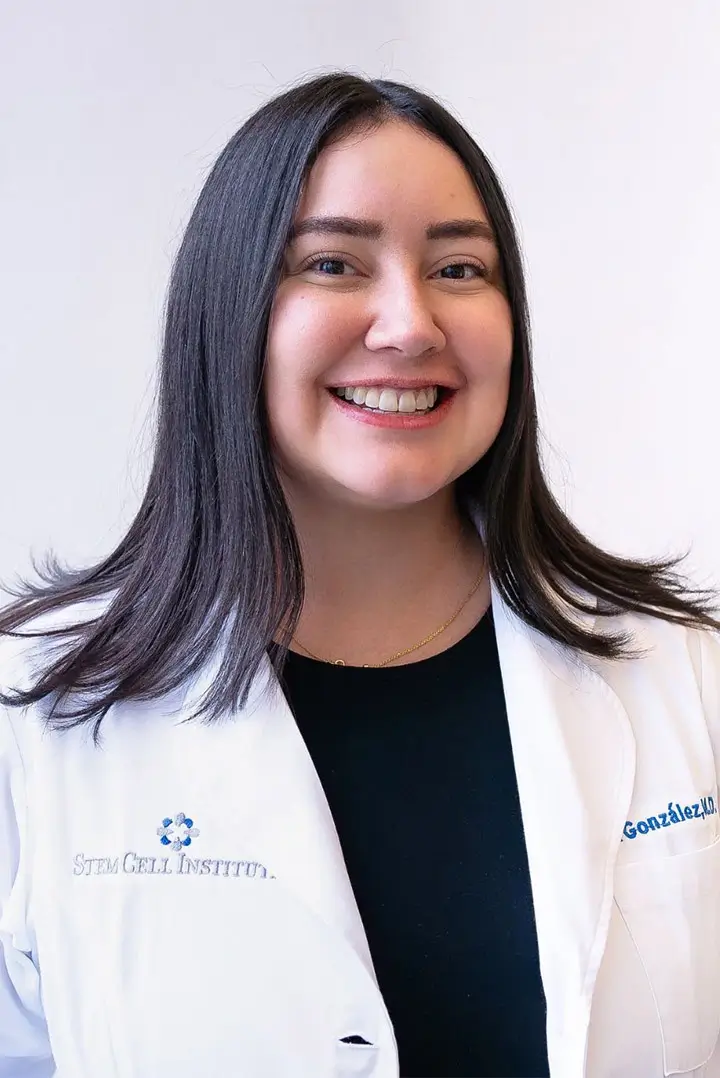In a series of experiments that are founded upon the success of Genzyme’s proprietary drug, Mozobil (see “Genzyme Receives FDA Approval for Mozobil”, December 15, 2008), scientists at the Imperial College of London have demonstrated the unsuspected regenerative potency of endogenous, autologous adult stem cells.
A novel, proprietary small-molecule CXCR4 chemokine receptor agonist, Mozobil is designed for use with G-CSF (granulocyte-colony stimulating factor) and has already received FDA marketing approval in the treatment of non-Hodgkin’s lymphoma and multiple myeloma. By stimulating the migration of hematopoietic stem cells from the bone marrow into the bloodstream for subsequent collection and autologous stem cell transplantation, Mozobil has already been shown to play an important role in the treatment of plasma and hematologic cancers. Now, however, researchers at the Imperial College of London have demonstrated for the first time that the regenerative power of autologous adult stem cells is not limited only to blood cells but also extends to the regeneration of other tissue, such as bone and blood vessels.
According to Dr. Sara Rankin, who led the study at the Imperial College of London, “It’s promoting self-healing. We’re simply boosting what’s going on naturally.”
The experiments were conducted with a mouse model in which Dr. Rankin and her colleagues selectively administered Mozobil in combination with either of the natural growth factors G-CSF or VEGF (vascular endothelial growth factor). When combined with VEGF, Mozobil was found to stimulate mesenchymal stem cells (MSCs) which differentiate into bone and other tissue types, as well as endothelial progenitor cells which differentiate into blood vessels. By contrast, G-CSF, which is known to stimulate the mobilization of hematopoietic stem cells, was found not to stimulate the production of MSCs. Similarly, VEGF was found not to stimulate hematopoietic stem cell mobilization. The degree to which stem cell mobilization increased was particularly dramatic, as mice that received VEGF in combination with Mozobil were found to release approximately 100 times as many endothelial and mesenchymal stem cells into the bloodsteram when compared to control mice who did not receive the treatment.
This is the first concrete evidence that different mechanisms of stimulation release different, specific types of stem cells. As Dr. Robert Lanza, chief scientist at Advanced Cell Technology in Worcestor, Massachusetts, explains, “The ability to selectively stimulate a patient’s own stem cells could be a powerful tool for treating disease, and in speeding up the repair of damaged and worn-out tissues.”
Genzyme, the manufacturer of Mozobil, received marketing approval last month from the FDA for the use of Mozobil in combination with G-CSF for the mobilization of hematopoietic stem cells in the treatment of non-Hodgkin’s lymphoma and multiple myeloma. According to John DiPersio, M.D., Ph.D., a professor at Washington University in St. Louis, “This product should become an integral part of the treatment regimen for transplantation because of the benefits it offers to patients, physicians and transplant centers.”
Professor Peter Weissberg, Medical Director at the British Heart Foundation, agrees. “It has long been known that the bone marrow contains cells that can replace lost or aged blood cells,” he explains. “It now seems increasingly likely that the bone marrow also contains cells that have the capacity to repair damaged internal organs, such as the heart and blood vessels, but that too few of them are released to be effective. This research has identified some important molecular pathways involved in mobilizing these cells. It may be possible to develop a drug that interacts with these pathways to encourage the right number and type of stem cells to enter the circulation and repair damage to the heart.”
Dr. Sara Rankin adds, “The body repairs itself all the time. However, when the damage is severe, there are limits to what it can do of its own accord. We hope that by releasing extra stem cells, as we were able to do in mice in our study, we could potentially call up extra numbers of whichever stem cells the body needs, in order to boost its ability to mend itself and accelerate the repair process. Mozobil is already out there on the market, so it’s feasible that trials could happen in the next five to ten years.”

